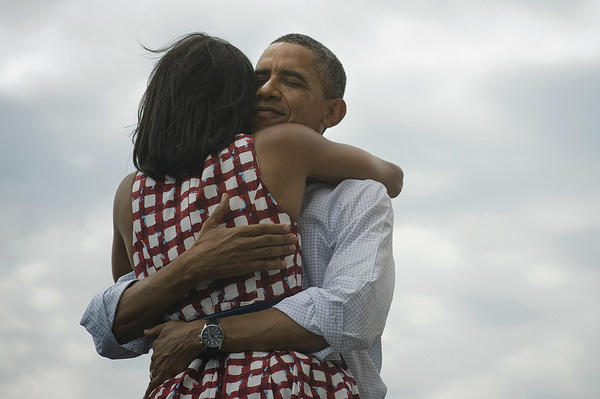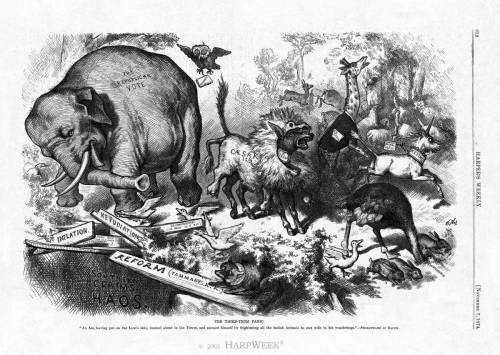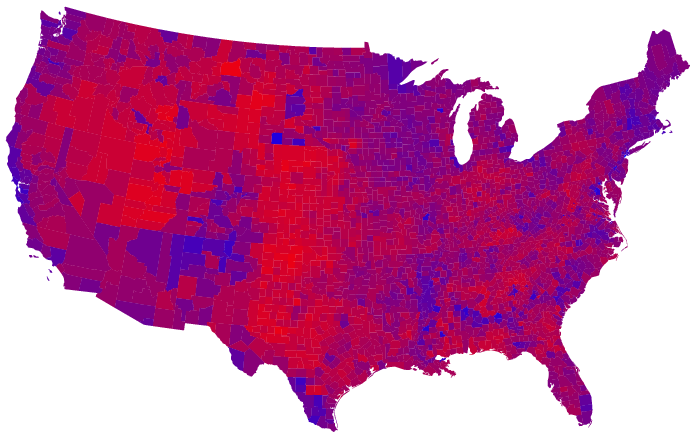On election night, President Obama posted this tweet on his twitter feed:
"Four more years. pic.twitter.com/bAJE6Vom"
 (Here's my source. You can also go there for more social media coverage)
(Here's my source. You can also go there for more social media coverage)
It caught on like wildfire. It was favorited 240,000 times and retweeted over 700,000 times. Quite simply, its the most popular tweet of all time.
What's even more interesting is the timing: he posted it at 11:16pm, which is pretty early, even though most people agreed that he had won. There are many facets to this, but I will focus on one in particular: his use of three words.
Three words, no more, no less, are a staple of campaigns. Just look at the slogans of our past Presidents:
Lincoln: "Vote Yourself a Farm"
Harding: "Cox and Cocktails"
Eisenhower: "I Like Ike"
Nixon: "Nixon's the One"
Clinton: "Putting People First"
Bush: "Yes, America Can!"
Obama: "Yes We Can"
The power of three is palpable, even if most people don't even realize it. It's called the
Rule of Three, and it's the idea that, basically, everything is better in threes. The basic feel of it is 1) the creation of tension, then 2) its buildup, and 3) the release of that tension. It can be seen in many, many essays, and especially speeches. Even in music, the three movement form is extremely common in all kind of classical and popular music.
Just look at Muse's
Exogenisis: Symphony, and you can clearly see this Rule of Three in action, not only in the music, but in the volume and lyrics.
"Four more years" works in the same way, although on a smaller scale. "Four" creates tension ('four what?'), "more" builds tension ('We're getting more of something...do we want more?'), and then "years" releases the tension, answering all of our split-second, unconscious curiosity.
All of the above slogans work in the same way. In my next post (the second of four, today) will talk about what more (or less) words can do to a slogan.












